Pinarello Dogma: history and evolution of a model born to win.
Although, in sporting terms, the most relevant aspect of Giovanni Pinarello, founder of the legendary Italian bicycle brand, was wearing the maglia nera that recognized the last place in the Giro d'Italia in the 1950s, the same cannot be said for his bicycles, which throughout history have linked the name Pinarello to the greatest champions.
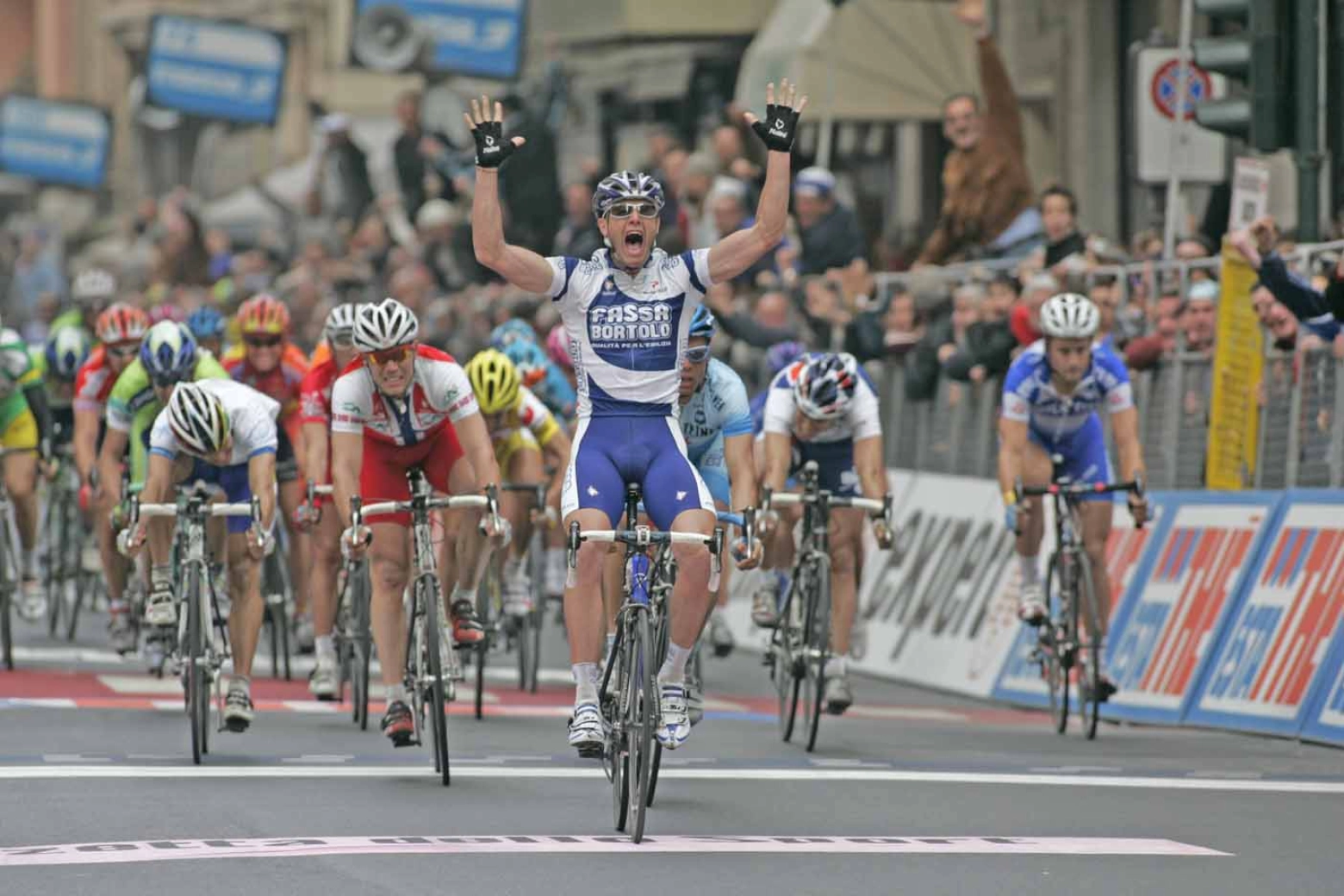
Dogma, the Pinarello of the great cyclists of the 21st century
Since the beginning of the 21st century, one model has defined the Pinarello range as its reference in terms of sportiness and performance. We are talking about the Pinarello Dogma, a model that the brand launched in 2002, during the peak of aluminum frame dominance, and which continues to this day in the form of the Dogma F used by INEOS Grenadiers and, starting next year, Q36.5, showcasing rigidity, power transfer, handling, and aerodynamics for a bike that remains one of the great references.
The first Pinarello Dogma laid the foundations of the model with a groundbreaking aesthetic in a cycling world dominated, as we mentioned earlier, by aluminum, where bikes maintained the traditional aesthetics of round tubes and conventional lines. This first generation of Pinarello Dogma was innovative, primarily because it was built on a magnesium frame, an aluminum alloy with a high proportion of this element that improved the properties of aluminum frames. Magnesium was combined with a rear triangle made of carbon fiber, which at the time was used almost exclusively for forks, aimed at softening the excessive vertical rigidity of aluminum frames.
RECOMENDADO

Some reasons to stay away from the road in winter
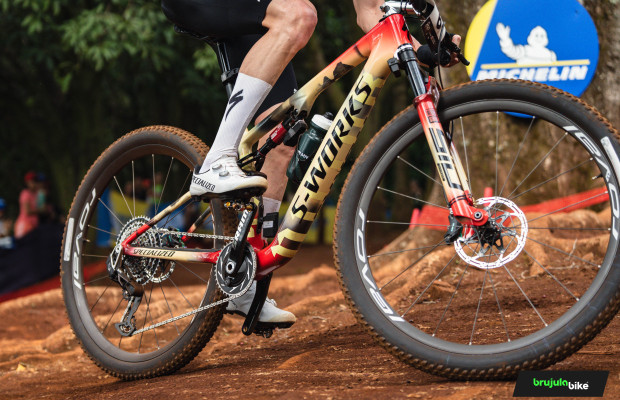
S-Works: what does it really mean and where does Specialized's most exclusive label come from?

The best apps for cycling and mountain biking

Why wider tires in gravel are faster
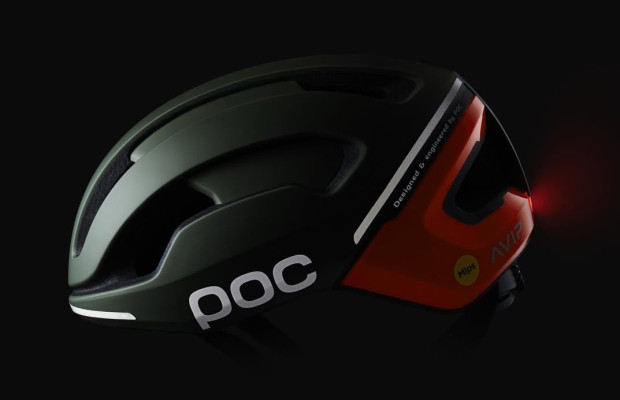
Black Friday 2025 cycling bargains: save on Garmin, POC, Maxxis and more
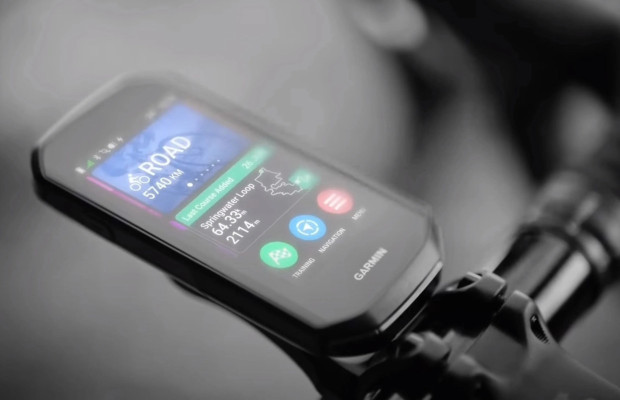
Black Friday Garmin 2025: the ultimate guide to choosing your GPS at the best price
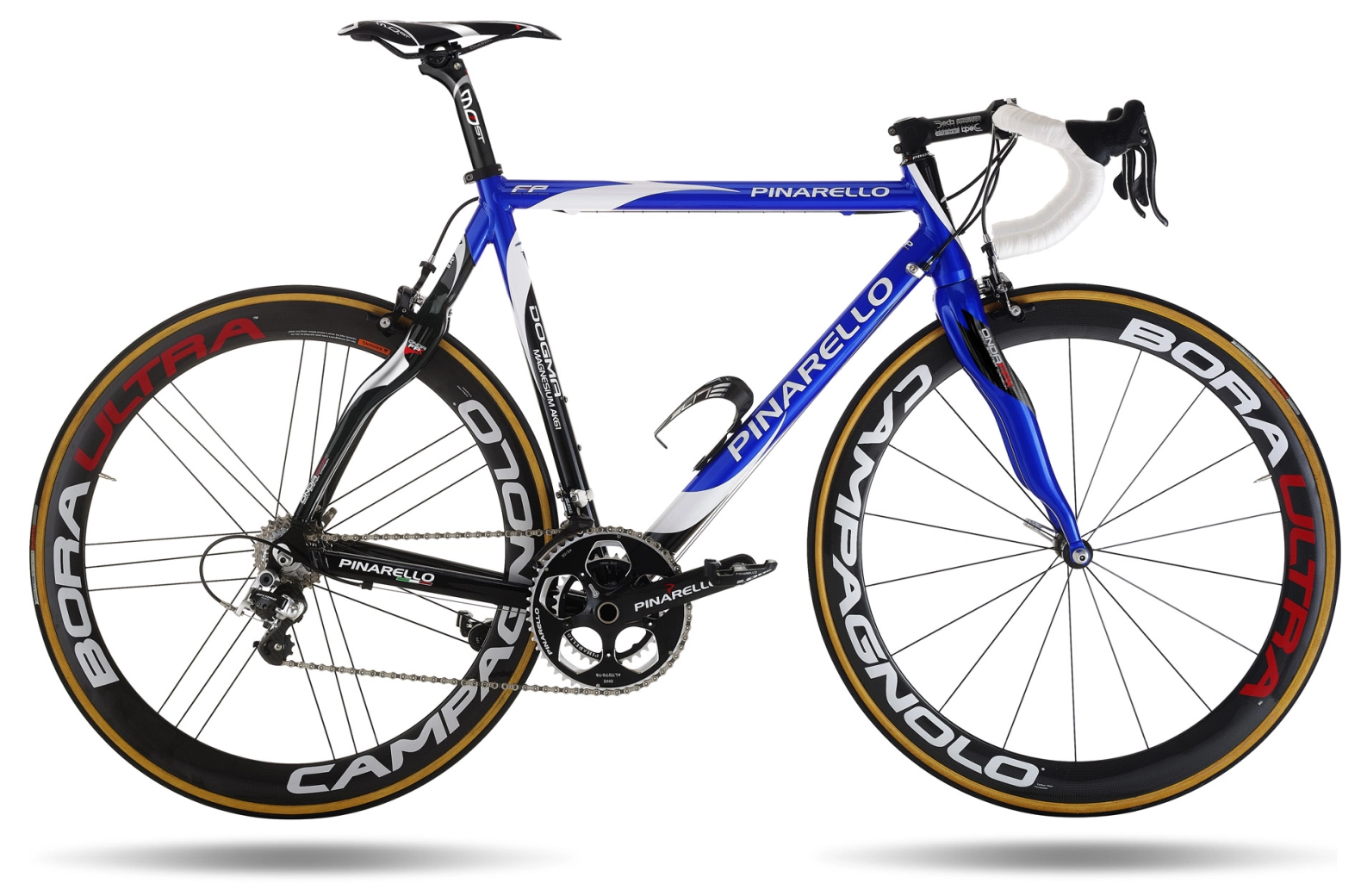
However, the true essence of the Pinarello Dogma, which has been a hallmark of the brand to this day, is the incorporation of Onda shapes, a wavy design in fork legs and stays aimed at better vibration dissipation, which was completely revolutionary for those years.
The Fassa Bortolo team at the beginning of the century was the best showcase for a bike where a great Alessandro Petacchi shone, a dominant figure in mass finishes of that era, along with young talents like Fabian Cancellara and Ivan Basso.
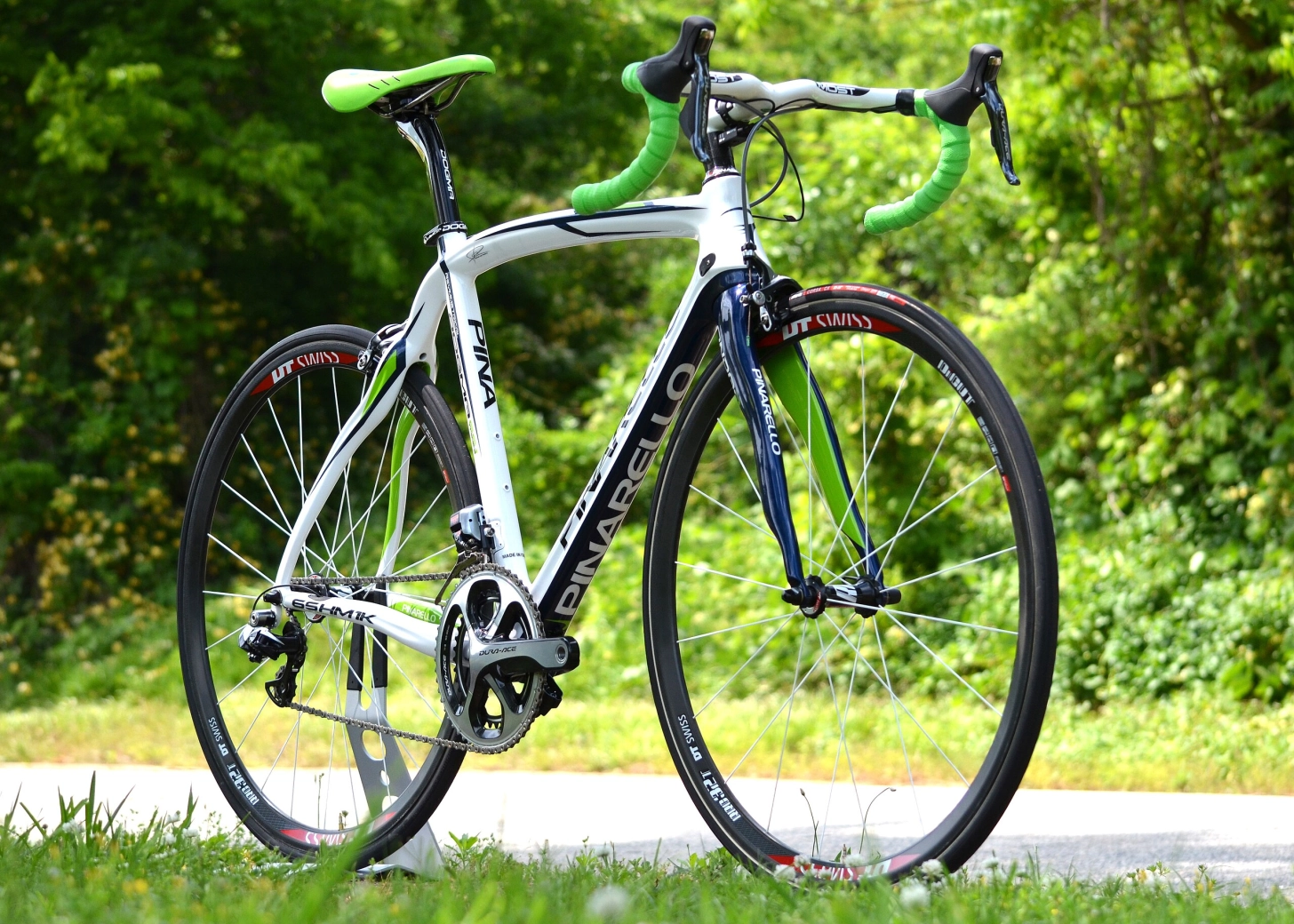
There would not be a significant change in the Pinarello Dogma until 2009, when the Italian brand finally succumbed to carbon and launched its first bike in this material, which for many was a heresy and an attack on the traditional essence of Pinarello. In fact, for several years, the Treviso brand resisted producing carbon fiber frames, although it did market several models under the Opera brand in this material, which undoubtedly served as a useful learning phase for the first major renovation of the Dogma.
A shift to carbon that established another foundation of this model, the asymmetric design. Something completely novel at a time when manufacturers still did not know how to fully exploit carbon fiber and limited themselves to imitating the traditional design of aluminum and steel bike tubes with this material. However, Pinarello went further and began to understand how the frame receives the cyclist's efforts and how the placement of carbon could help improve the bike's rigidity without increasing weight.

The asymmetric design was essentially based on the fact that, during pedaling, the fibers of the right chainstays and, to a lesser extent, the seat stays, receive compressive forces due to the transmission being located on that side, while those on the left side work in tension. Thus, Dogma frames were reinforced on the left side, making it a more complicated task for the carbon fibers, achieving a more homogeneous behavior during pedaling. A design asymmetry that, today, thanks to studies using Finite Element Analysis, is now taken for granted in any frame on the market.
A design that, broadly speaking, remained until 2014, although with an evolution year after year that improved the bike's qualities, although the main evolution did not arrive until 2009 when the brand subjected its Dogma to significant weight reduction and began to consider the emerging aerodynamics that became evident in the integration of the fork head into the frame structure.
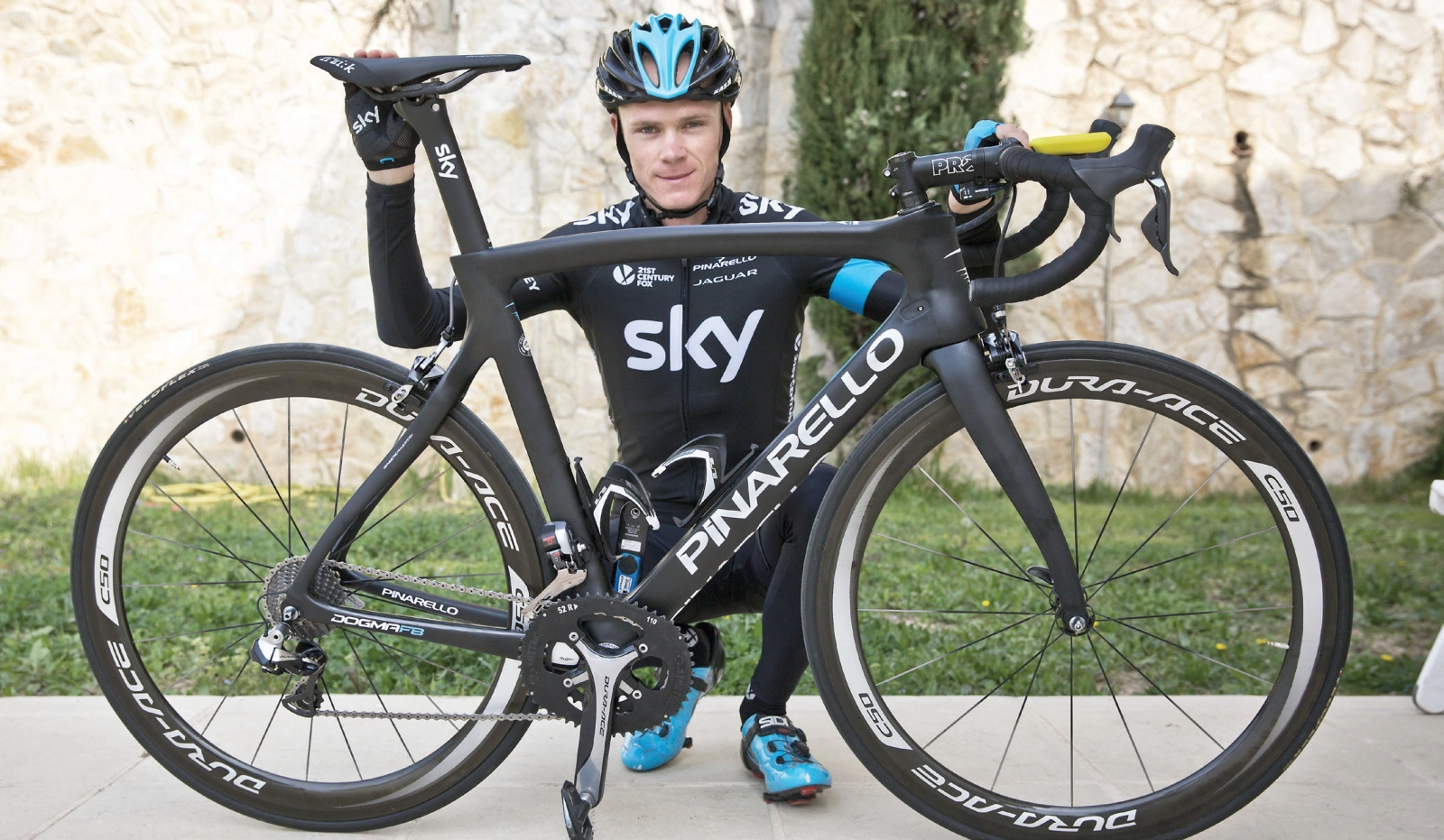
In those years, the bastion of the brand was undoubtedly the Movistar team, then under names like iBanesto.com, Illes Ballears, or Caisse d’Epargne, with Alejandro Valverde shining above all, not to mention that his palmarès includes the 2006 Tour de France, which ended up in the hands of Óscar Pereiro after Floyd Landis's disqualification, although this was achieved on a Pinarello Prince, another of the legendary names within the Italian brand but which, broadly speaking, shared an almost identical design with the Dogma, having alternated both bikes at the top of the Pinarello range and, therefore, their use in the Navarre team.
The change of decade saw the arrival of the mighty Team Sky, with whom Pinarello returned to the highest echelons of world cycling. The Tour de France victories of Bradley Wiggins, Chris Froome, and more recently Geraint Thomas and Egan Bernal, along with the absolute dominance of world cycling by the British squad, elevated Pinarello's cachet to unimaginable heights, turning it into the true luxury brand it is today.
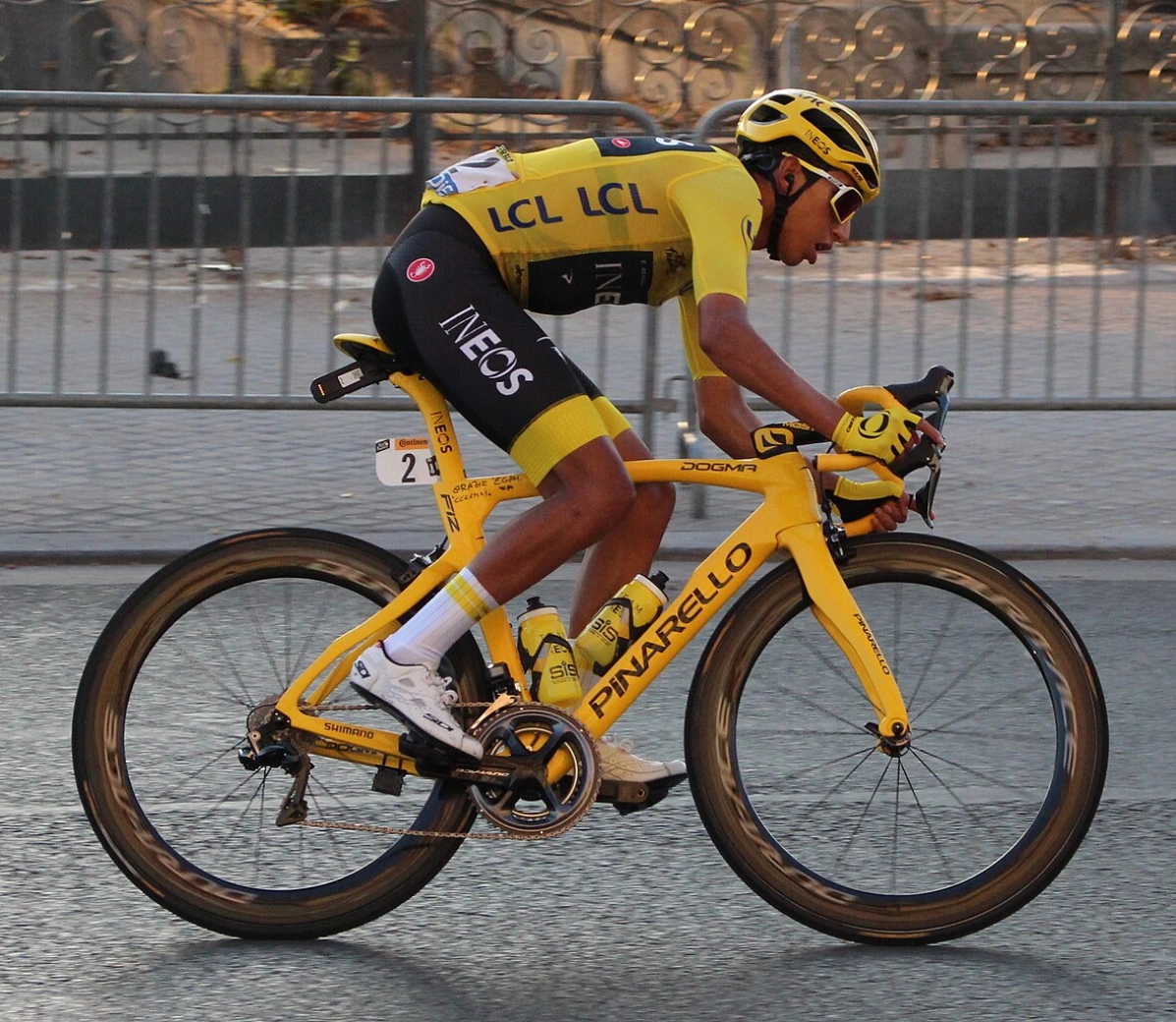
As we mentioned, in 2014, it decided to break with the design that had represented the Dogma practically since its creation and launched the Dogma F8 model. A total renovation where the characteristic Onda shapes were reduced to a mere hint, no longer necessary thanks to advances in understanding how to laminate carbon fiber. A frame in which, beyond the subtlety of the previous model, aerodynamics in road frames began to be taken seriously as more was learned about its influence at the high speeds of competition and the implementation of the marginal gains philosophy established by Team Sky.
A general design that has been maintained to this day but, as could be expected, incorporating improvements in each successive renewal such as more aerodynamic shapes, weight reduction, disc brakes, fully internal cabling, etc., culminating in the Dogma F that currently crowns the Pinarello catalog and which is the weapon of both INEOS Grenadiers and will be for Q36.5, where Tom Pidcock, one of the brand's great ambassadors, will once again enjoy the quality of one of the most iconic bicycles in the history of cycling.